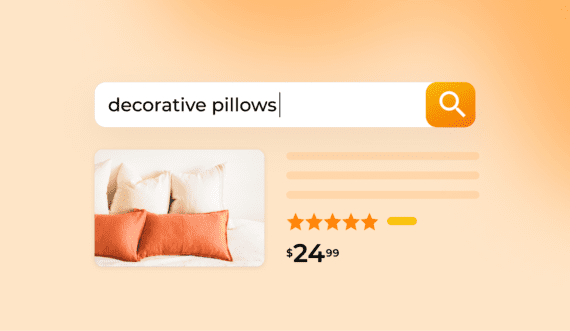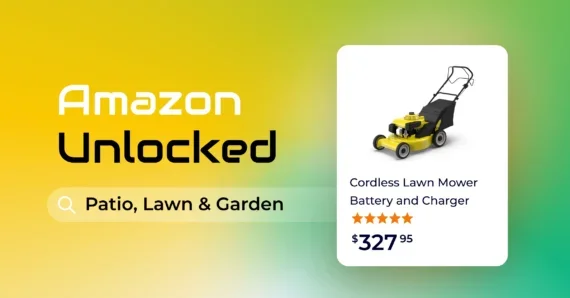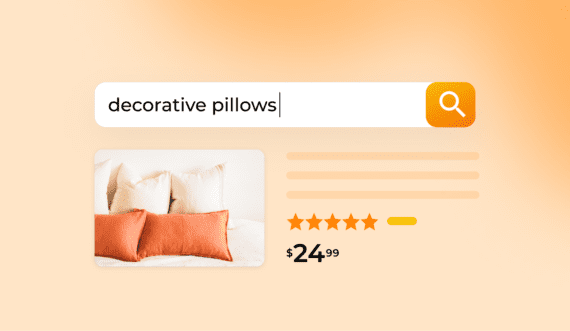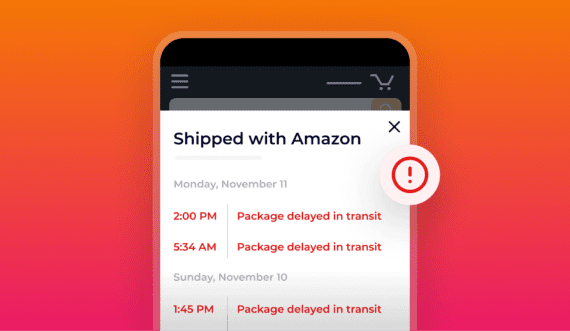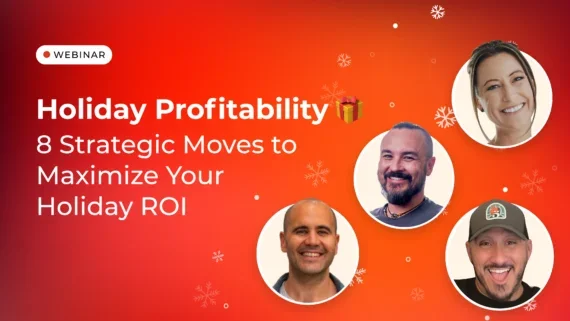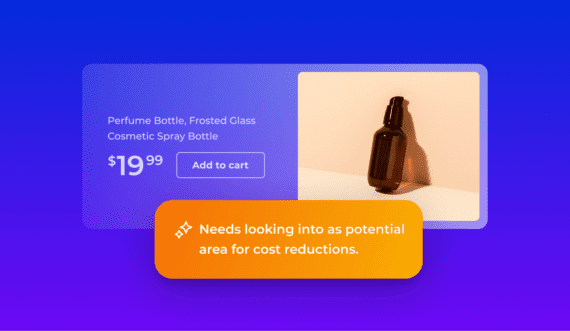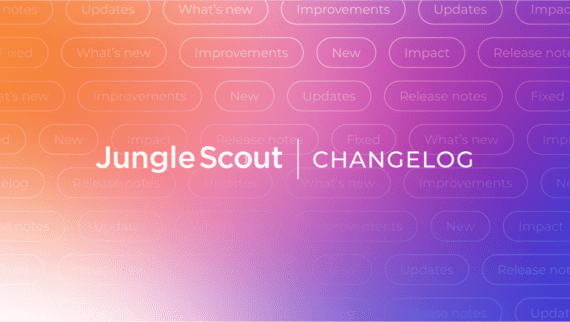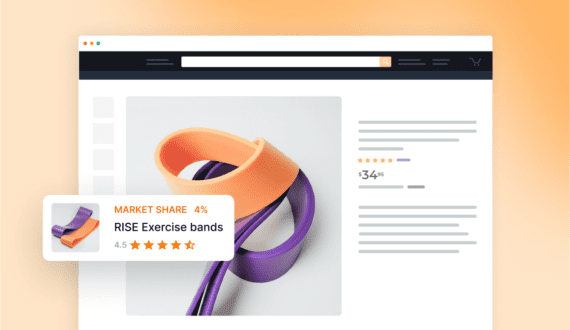When it comes to selling products on Amazon, there are two different fulfillment options:
- Fulfillment by Amazon (FBA) — you have Amazon handle your storage and order fulfillment.
- Fulfilled by Merchant (FBM) — you (or a third party) handle your storage and order fulfillment. Dropshipping falls under the FBM category.
Dropshipping, which falls under the FMB category, is a unique business model because you never take ownership of a product; you simply list the product for sale, wait for it to sell, and send the order to your supplier. As a result, it requires only a minimal upfront investment.
But which fulfillment method works best for your Amazon business?
What is Amazon FBA?
FBA stands for Fulfillment by Amazon and is a service provided by Amazon that handles all storage, order fulfillment, returns, and customer service for sellers. FBA is by far the most popular fulfillment method amongst sellers, with 89% of sellers using the service.
Whether you sell private label products or resell products through retail arbitrage or wholesale, FBA is a great way to run your Amazon business.
Pros and cons of FBA
FBA is an incredibly powerful fulfillment service that has many upsides for sellers. With all the pros of using FBA, it comes with some cons. Let’s go over those now.
Pros of FBA:
- Convenience. Sellers send their inventory to Amazon’s fulfillment centers and Amazon handles the picking, packing, and shipping.
- Prime. When your products are shipped by Amazon, your products automatically receive the Prime shipping badge on your listings.
- Trust. Customers will put more trust in your product when they see the Prime badge. The customer knows they can receive their product in two days.
- Customer service. Amazon will handle all customer service for orders fulfilled by Amazon.
- Returns. If a customer needs to return an item, Amazon will handle the receiving of your returns.
- MCF. Sellers can use Amazon FBA to fulfill orders on other ecommerce sites using multi-channel fulfillment.
Cons of FBA:
- Standard fees. FBA fees can become costly depending on the size and weight of your product.
- Storage fees. On top of FBA fees, sellers also have to pay monthly storage fees and potentially long-term storage fees if inventory is stored for more than 365 days.
- Restock limits. Amazon has restock limits per storage type, so you may not be able to send in as much inventory as you would like.
- Lost inventory. Amazon may lose some of your inventory during the receiving process — though keep in mind they’ll reimburse you for lost inventory.
What is dropshipping?
Dropshipping is when a seller lists a product for sale online and has it shipped from a supplier or manufacturer without purchasing any inventory upfront. Dropshipping is a popular business model with Amazon, eBay, and Shopify sellers, as it is easy to get started, and you don’t need a significant upfront investment.
While sellers drop ship products on Amazon, there are strict guidelines you must follow, or Amazon will suspend your account. For example, Amazon prohibits sellers from dropshipping orders from other retailers such as Walmart.
Sellers must be identified on all invoices, packing slips, and external packaging — without any mention of the supplier or manufacturer that shipped the product.
Pros and cons of dropshipping
Many new ecommerce entrepreneurs are attracted to this business model because you don’t need much money to start. Still, there are a few things you need to consider when deciding if you should go into dropshipping or not. Let’s go over the pros and cons.
Pros of dropshipping
- Low costs. Low startup costs compared to other business models such as private label or wholesale — no ordering products in bulk and spending thousands of dollars upfront.
- Low barriers to entry. It is easier to get started, as you can find products from a supplier and list them on Amazon (or another platform) immediately.
- Amazon allows sellers to dropship but be sure to follow their dropship policy.
Cons of dropshipping
- High competition. Since it is much easier to start dropshipping, there is also much more competition.
- Slow delivery. You may experience slow delivery times depending on the supplier or manufacturer you’re working with.
- Lack of quality control. Since the products you’re selling will be shipped directly from the manufacturer or supplier, there is no way for you to control the quality of the product. We suggest ordering samples from your supplier before deciding to use them.
READ MORE | Dropshipping on Amazon in 2024
What is the difference between Amazon FBA and dropshipping?
These two fulfillment methods are pretty similar except for who owns the inventory. With both, your way of fulfilling orders to customers is completely hands-free and handled by another company.
- Who owns the inventory? A big difference between Amazon FBA and dropshipping is that with FBA, you already own the inventory and are using Amazon’s fulfillment network to handle your orders. If you are selling private label products for instance, you will place a large bulk order upfront with a supplier and send that inventory to an Amazon FBA fulfillment center.
- When does the supplier ship the order? With dropshipping, you don’t pay for any inventory until you receive an order from a customer. You will list a product for sale and, once you receive an order, you simply place an order with your supplier, who will ship the order to your customer.
- Who handles customer service? Another difference is that Amazon will handle customer service and returns for you when using FBA.
- Where do the returns go? With dropshipping, you are still using the FBM fulfillment method on Amazon, so you as the seller are responsible for returns and customer service. You cannot have your returns sent back to the supplier or manufacturer.
Which business model is right for your business?
At Jungle Scout, we are strong proponents of FBA, so that’s what we suggest! Of course, it is up to you to decide which business model is best for you to follow while selling on Amazon.
Amazon dropshipping vs. FBA: Our verdict
- Dropshipping. With dropshipping you have low upfront costs but slow delivery times and less control over the quality of your products. With FBA, Amazon handles all fulfillment and customer service, plus, your listings will get the Prime Shipping badge!
- FBA. With FBA, Amazon handles all fulfillment and customer service, plus, your listings will get the Prime Shipping badge!
What do you prefer for your business? Let us know in the comments!
Want to learn more about how Jungle Scout can help you start, grow, and run your Amazon business? Click the “Learn More” button below.
Start selling on Amazon today.
Learn more about how you can use Jungle Scout to launch, grow, and run your Amazon business.
Brian Connolly is an Amazon seller, ecommerce expert, and writer for Jungle Scout. He lives in the New Jersey Shore area with his wife and cat. When he isn’t writing advice online for aspiring and experienced Amazon sellers for Jungle Scout, he spends his free time boating, fishing, and selling boating-themed items on his Amazon business.



